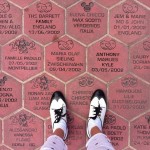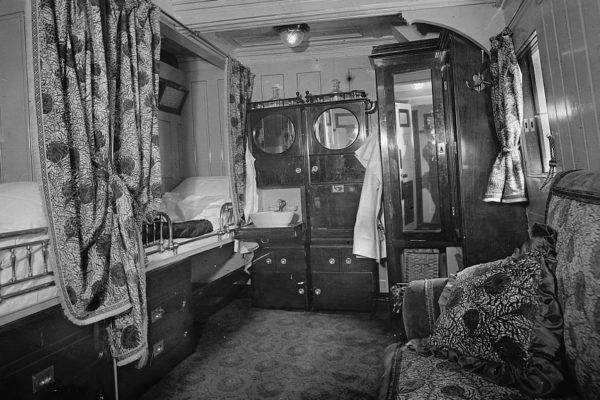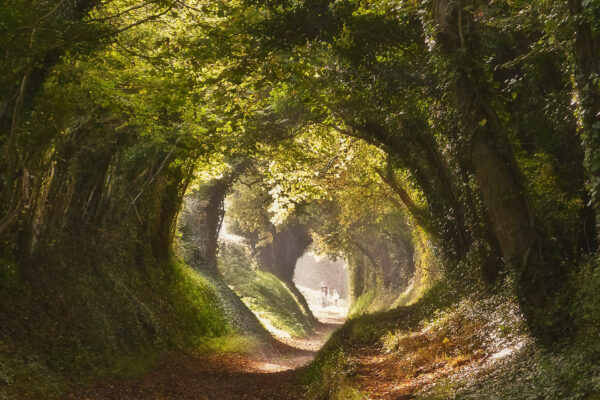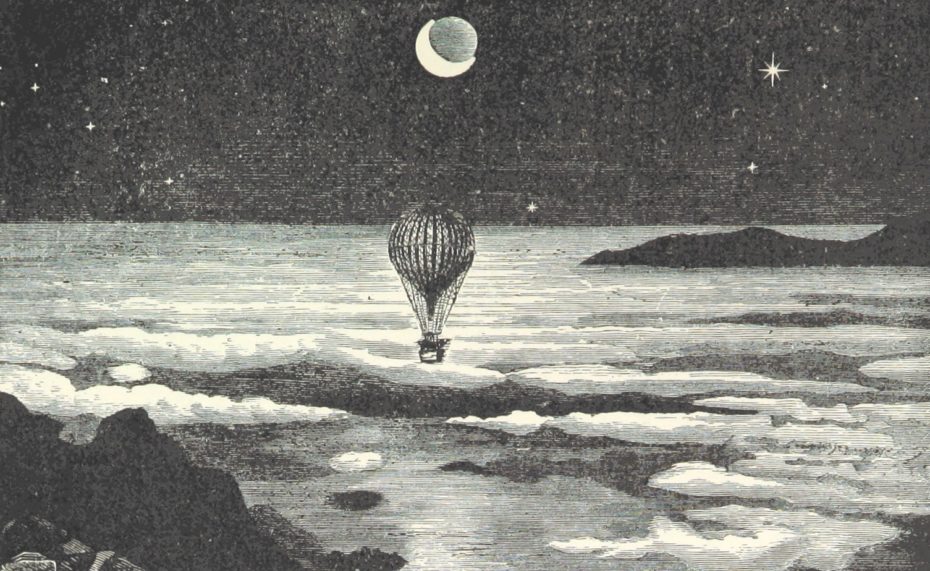
When you next leave the house, turn right. Then turn left. Then right again, followed by another left. And by Jove, I think you’ve got it! Do this until you’re blocked by an obstacle, whether that’s a dead-end, a river, or a sheer drop. Congratulations, you’ve just completed your first act of travelling experimentally.
Alternating Travel is the third – and one of the easiest – experiments in the 2005 Lonely Planet Guide to Experimental Travel, edited by Rachel Antony and Joël Henry. I was recently in the midst of writing about the artist Sophie Calle and her own kind of experimental travel when I came across a copy languishing in my local charity shop. The guide, like the idea of travelling experimentally as a whole, had been forgotten, it seemed, in the age of Instagram Reels of Santorini sunsets, Dutch canals, and Tokyo high-rises. The guide takes its ‘experiments’ from LATOUREX – an abbreviation of Laboratory of Experimental Travel – founded by the French journalist Joël Henry in 1990 during the course of a lunch in Strasbourg. There’s a bit of a time capsule website for reference, but at heart, it’s a nomadic organisation with no office and only a postal box to receive mail.
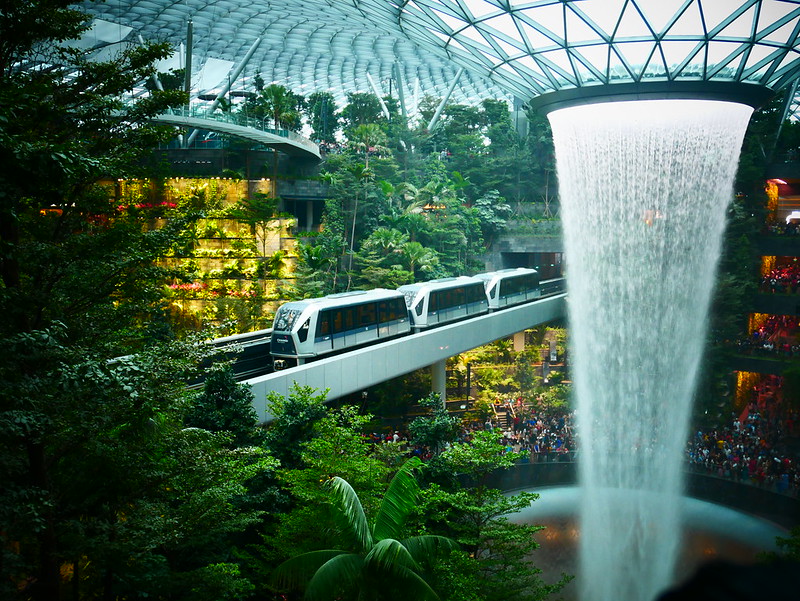
LATOUREX’s stock and trade is the attempt to travel differently, more playfully, and – in a way – to travel better. It’s a distillation of the phrase, “It’s about the journey, not the destination.” But it wasn’t developed, Henry says, as a means to “criticise normal, traditional tourism or give lessons about a so-called good way to travel.” Instead, he says, it’s “an invitation to test something else.” Alongside Alternating Travel, there’s Airport Tourism (spend 24 hours in an airport without getting on a plane), A-Z Travel (on a map, draw a straight line from the first road beginning with A and the last beginning with Z and follow it), Expedition to K2 (travel to the grid reference K2 on your map). These ‘experiments’ have the potential to sound like a gimmick, a bit art-for-art’s sake, but that’s not necessarily the case – political and economic realities prevent most from breezing through borders or experiencing life beyond their own culture, but when you’re liberated from traditional ideas of travel and what it looks like, a lot of the associated privileges begin to fade.
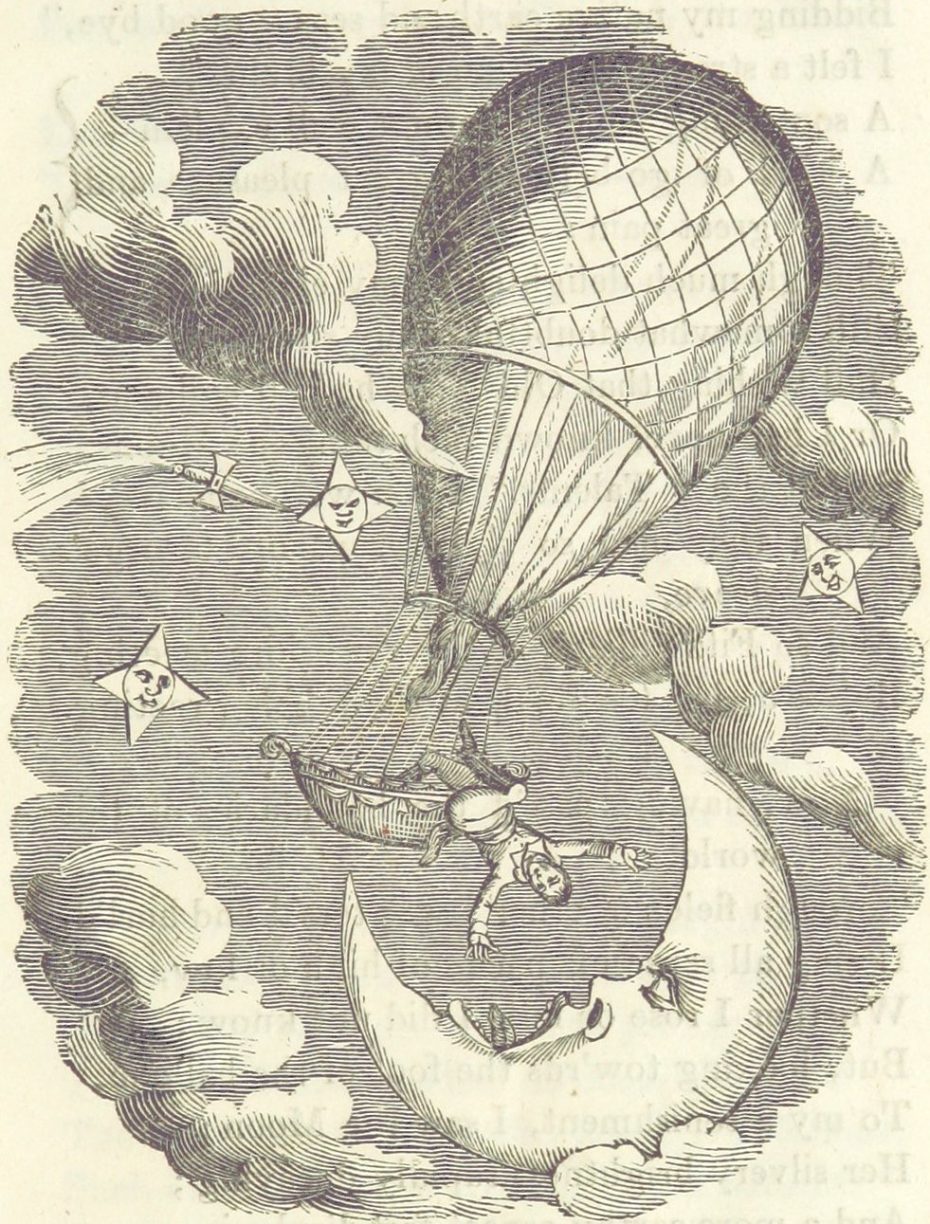
Peripheral Journey
Make a complete tour of the city whilst keeping scrupulously outside the municipal border. This is usually indicated on a map by a dotted or dashed line, in any colour.
Route 66
Recall the journeys of the beatniks who made Route 66 between Chicago and Los Angeles famous: travel the entire route of a bus or tram line that carries the number 66.
Journey Around the Hearth*
At the weekend, swap your apartment with a person who is willing to let you live in their home, and vice versa. Dedicate a portion of your stay to writing a detailed and illustrated report on this cross-domicile experience.
*The Facebook group Host a Sister would be great for this.
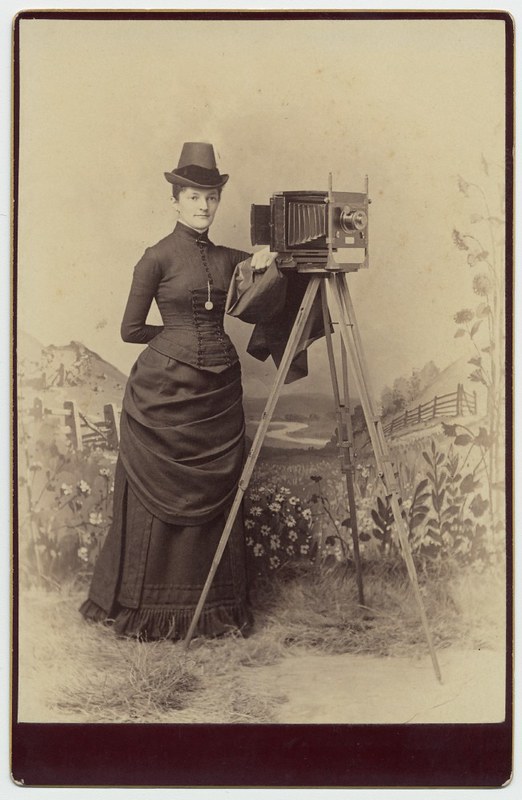
Opposite Journey
Travel with a camera, but don’t photograph the well-known landmarks and tourist spots. Instead, stand with your back to the sights and photograph the view offered to you.
Insider Journey
Discover a place by following local recommendations. Do exactly what they tell you. Try to discover your hometown in this way, as if you were a stranger.
Ero Travel*
Arrange to spend a weekend away with a loved one. Travel to your chosen destination by different means and don’t arrange a meeting time or place. Now look for each other.
*This one is practically a novel-in-waiting. Get to it!
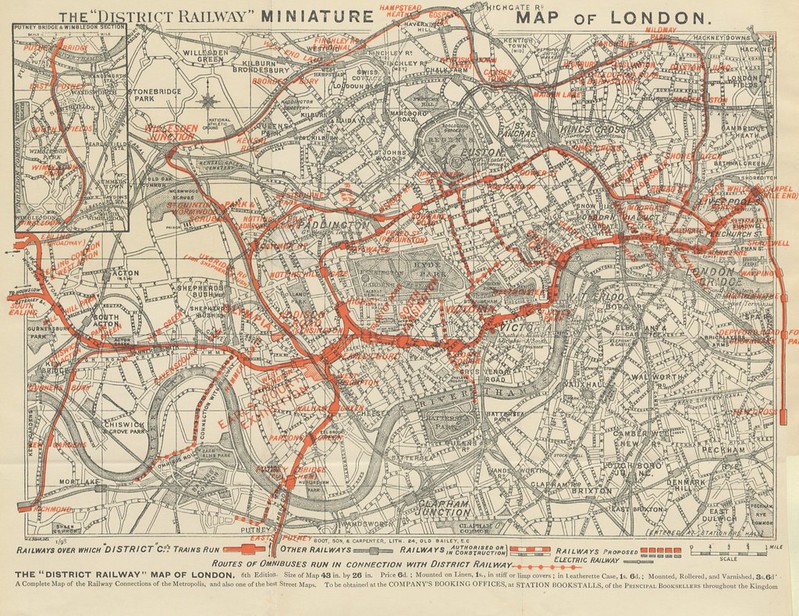
Taking a Line For a Walk
Taking a map, use a pen to draw anything you like – a basic shape, your partner’s name, as big or small as you like. Use this line as your itinerary.
Confluence Seeking
Using GPS, find a point where a whole number of degrees latitude meets a whole number of degrees longitude. Travel to it, documenting and photographing what you find there. Then submit your results to the Degrees Confluence Project website, a project devoted to creating a ‘organised sampling’ of the world’s confluence points. Don’t dally, there’s only 384 points left to discover.
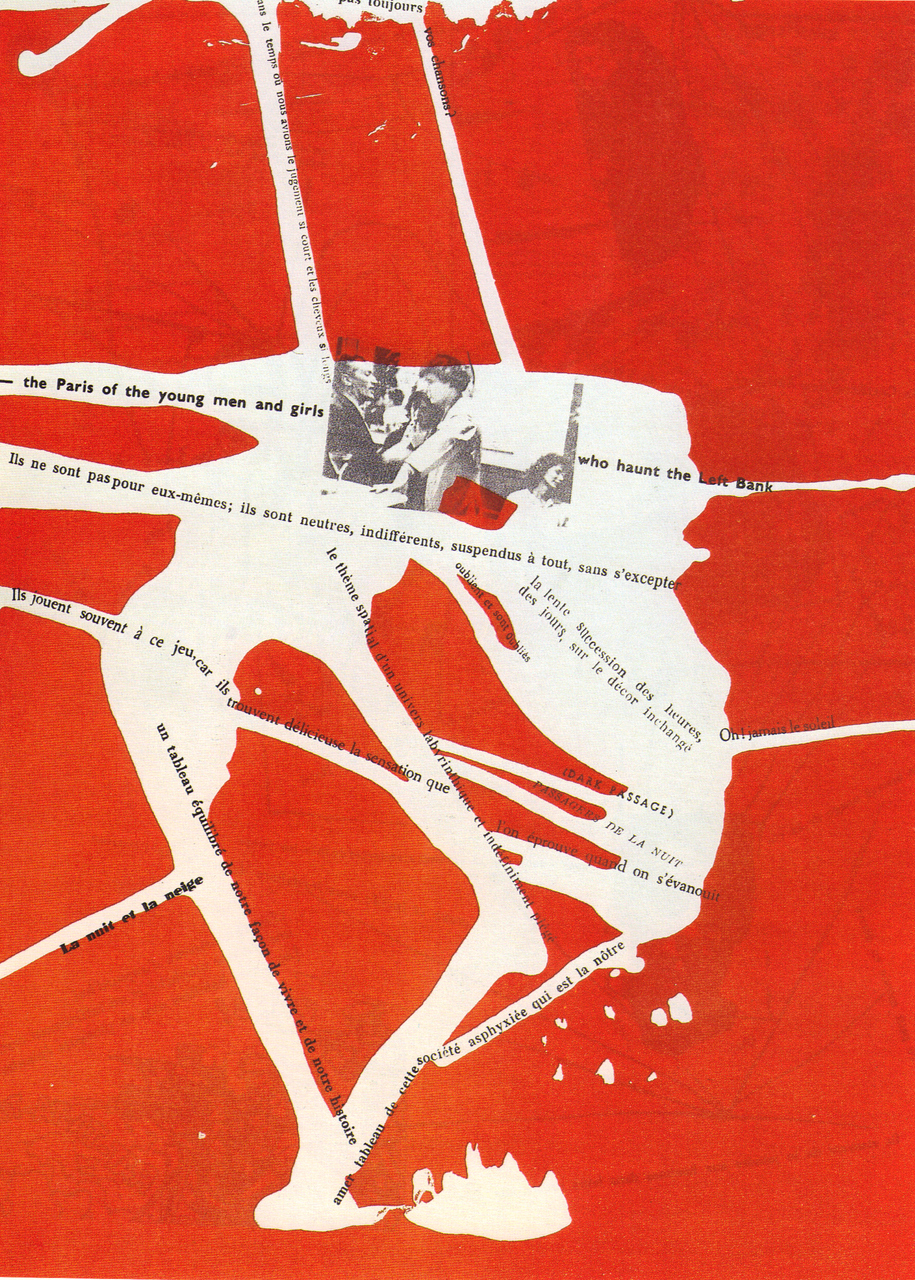
LATOUREX has its grounding in several 20th century movements – the Dadaists, the Surrealists, the Parisian Situationists, and Psychogeography (with a dash of the Oulipian).
Cast your mind, or your imagination, back to the early years following WW1. A faith in scientific rationalism had been torn apart by pure violence. There was a lot of cynicism about, and people had begun to latch onto the irrational instead. There was also an increase in global movement, thanks to European powers utilising their colonial populations to fatten up their armies. People had experienced things they never thought they’d experience, and seen places they never thought they’d see.
Dada thrived, according to painter and member Hans Richter, on the “tension between premeditation and spontaneity.” They formed, in response to the horror of war, a kind of anti-art movement, often satirical and nonsensical in nature. They didn’t care for reason, or logic, or the aesthetics of capitalist society. Instead, (much like our Don’t be a Tourist guides) intuition led their work.
Dadaism soon gave way to Surrealism, which delivered its Manifesto in October 1924 in Paris, the city that would become the movement’s focal centre, using it as they would their canvas. The Surrealists weren’t interested in travel exactly, but rather the figure of the flâneur and how we interact with the city itself, whether that be London, or Bangkok, or Lagos. One of their members, Louis Aragon, wrote Paris Peasant, a novel mapping the secret, sensual life of the city, from the crush of the metro to the touch of your hairdresser’s fingers on your skull.
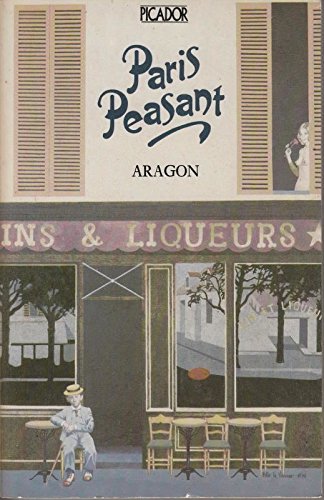
Several decades – and another World War – after the rise of Surrealism, in 1957 a revolutionary alliance was formed consisting of European avant-garde artists, writers and poets. Known as The Situationists, the group thrived in 1950s Paris and believed that play was an important aspect of everyday life, often trying to amuse themselves through activities that were considered to be dubious. They hitchhiked through Paris in the midst of a transport strike with no destination or purpose in mind except to add to the existing state of confusion, and explored the Paris catacombs illegally and entered abandoned buildings after dark, taking considerable risks in the underworld. They wanted public gardens to remain open and lit all throughout the night, suggested street lights have switches so people could turn them on and off as they pleased. They even wanted to open up prisons as tourist destinations with free access for people to visit as and when they pleased, without distinguishing between inmates and visitors.
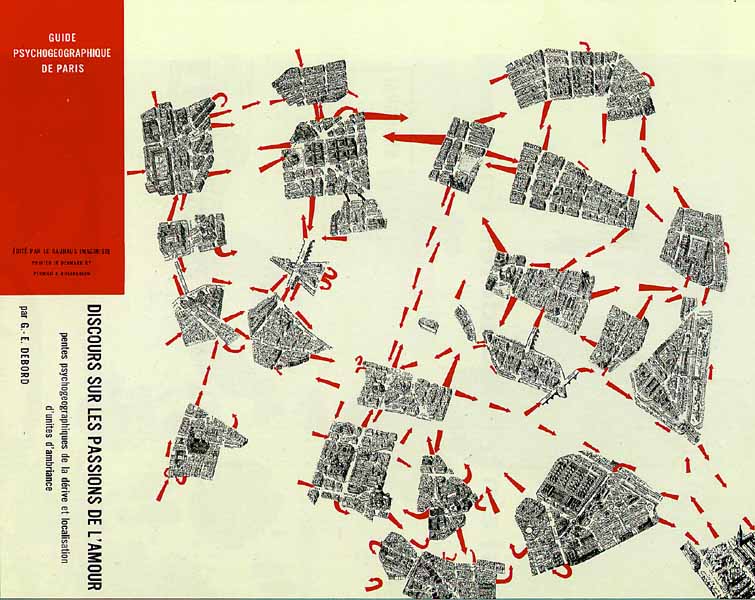
Situationist member Guy Debord, who was also the main figure in Psychogeography, which focused on our psychological experiences of the city as a way to delve into its soul and illuminate “forgotten, discarded, or marginalised aspects of the urban environment”, explains Siobhan Lyons in The Conversation. Heavily influenced by Charles Baudelaire’s concept of the flâneur, the derive – or drift – it allowed individuals to ‘map’ a space by wandering freely through the urban environment and discovering their own ambient sites.
The experimental traveller, then, is a kind of modern day flâneur – the writer Lauren Elkin has termed the female version of this historically male figure, the flâneuse. The movements that led to the ideas behind experimental travel were not particularly welcoming to women (some of them – we’re looking at you Oulipo! – even barred their joining), but the good news is that anyone – man, woman, dog, alien – can travel experimentally, whether at home or abroad.
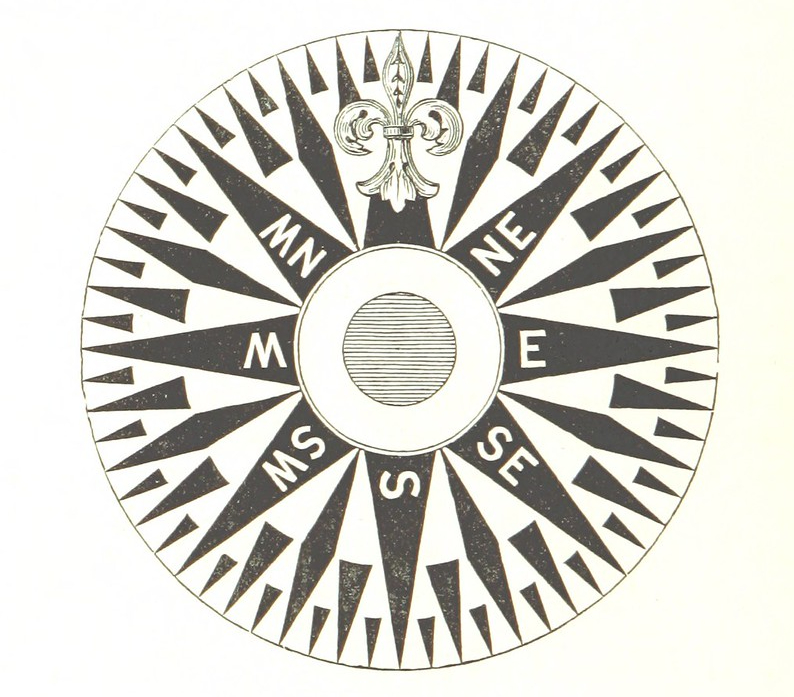
After all, at the heart of experimental travel is the notion of play. When well-dressed gentlemen (and some lucky women) struck out for the Continent in the 19th century, the intention – whether or not they met it – behind their Grand Touring was to soak up culture. Education! Enrichment! The Arts! Careening from Paris to Venice to Florence. It was all, frankly, a bit much. LATOUREX wants us to experience culture, yes, and it wants us to be enriched. It even allows for a museum visit, or two. But, really, it wants us – cheers us on valiantly, in fact – to attempt it in new ways. The emphasis is less on learning about new places than it is about learning about ourselves. In this way, all destinations are rendered equal, whether it’s your local park or Luxor. And so as you go on your merry way to try out Ariadne’s Thread or Bureaucratic Odyssey, you might just find yourself muttering about the hippies being right when they said they were setting off to find themselves…
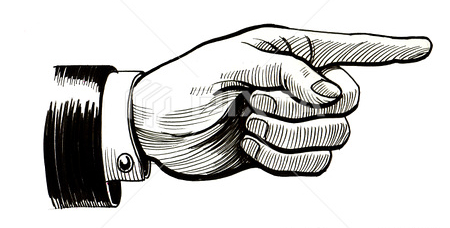
Experiments courtesy of LATOUREX.
You can also rediscover the personal joy of (experimental) travel with the Don’t be a Tourist guides. Each chapter has its own mood, inspired by different traveler mindsets, shaped by life’s relatable challenges. It’s our own secret recipe for becoming an artful traveler in a brave new world. Start your journey here.




